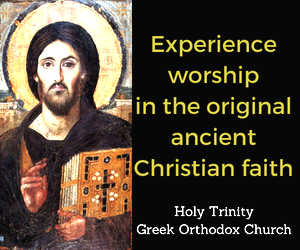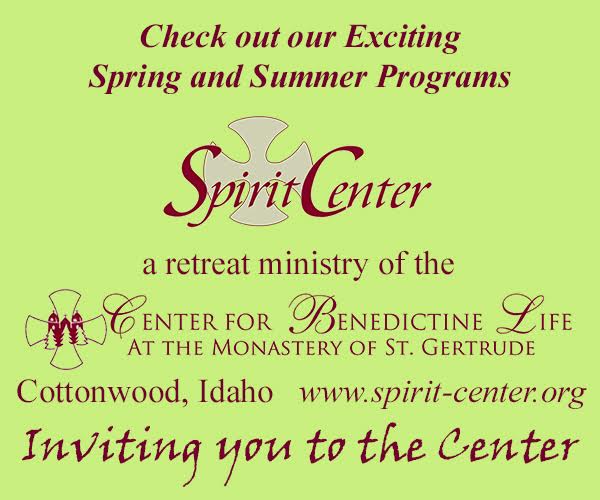‘Rainbow’ Culture and Mahu Power Alive in Hawaii
Commentary by Walter Hesford
During our recent stay with family in Honolulu, it rained most days. This was fine with my wife and I as we then took the time to learn a bit about Hawaii’s birds, people and mahu power.
Before dawn, we could hear cocks crowing. I assumed that these must be fairly recent imports, but a pocket guide to Hawaiian birds informed me that they were red junglefowl who arrived with the Polynesians centuries ago. They are one of many that create an international avian display.
One morning a native Pacific golden plover perched on the railing of our family’s lanai. It’s really a half-time native, migrating back and forth from Alaska. Mating on the railing another morning was a pair of zebra doves, immigrants from Australia, while myna birds, originally from India, flocked in a nearby palm. One evening a brilliant cardinal, a relatively late arrival from North America, landed on a lamppost in front of the lanai.
Some arrivals have not been good for the native bird population. Pigs, marmots and especially disease-bearing mosquitoes, along with folks like us who brought these creatures with us, have caused extinctions and continue to be a threat.
Likewise, diseases borne by early white explorers, missionaries and colonists decimated the Hawaiian population. My wife and I learned this and much more through a trip to Honolulu’s great Bishop Museum. In one especially moving video at the museum, a Hawaiian historian defended the decision of 19th century Hawaiian elders to promote intermarriage with whites as a way to survive as a people and to share what they hoped would be a love for their homeland.
This historian also noted inter-island marriage had long been practiced among Oceanic peoples and thus Hawaiians were prepared to endorse interracial marriage during a period when many in the U.S. promoted racial purity and exploited racial divisions.
White sugar-plantation owners in Hawaii sought to capitalize on racial divisions by bringing in waves of workers from China, then Japan, and finally the Philippines, thinking that these workers who spoke different languages would not be able to communicate with each other and thus would not be able to organize. The owners might have succeeded for a while but gradually intermarriage created today’s pan-Asian plus Hawaiian plus Haole (white) plus Black “rainbow” culture.
Our Haole son’s wife is Filipino. Her ancestors came to Hawaii generations ago to work in the plantations. One of our daughter-in-law’s sisters married a man whose parents came from China. Thus just by hanging out with our Honolulu family some rays from Hawaii’s rainbow shined on us.
Another component of this rainbow is memorialized in a set of four large stones on Waikiki Beach. Friends of ours from Pullman alerted us to these stones, which they learned about in their trip to the Bishop Museum last year. These are the Kapaemahu. FāVS readers can find out about them via the Wikipedia entry, “Kapaemahu.” This entry provides links to images from the Bishop Museum exhibit, “The Healer Stones of Kapaemahu” as well as to a PBS documentary with the same title. Most of the following information is drawn from these sources.
According to tradition, long ago four mahu healers from Tahiti sailed to Honolulu. Throughout Polynesia, mahu is a term for “two-spirited” people, with both male and female characteristics. In Europe and North America, they might be considered trans or non-binary. Mahu had and have respected roles in Polynesia, including as healers. (Such people also had respected roles in many North American tribes.)
When it was time to sail home, the Tahitian mahu transferred their healing powers to four stones — the Kapaemahu. Up through the early 20th century, these stones were honored by Hawaiian royalty. As royal power faded and as Waikiki developed, the stones importance was forgotten. For a while they were buried under a bowling alley!
Fortunately, those who valued Hawaiian culture, including present-day mahu, remembered the stones and fought to have them restored to a place of honor. This fight paralleled the fight of the LGBTQ community against oppressive discrimination that prevailed even in Hawaii throughout much of the 20th century.
The Kapaemahu are finally back on Waikiki. During our pilgrimage to them, we tried to read an old bronze plaque supposedly describing their importance. Had we been able to read it, we would have noticed that the role of the mahu was not acknowledged. We were pleased to learn, as we were about to leave Honolulu, that a new plaque honoring mahu power would soon be in place, thanks in part to the activism of the LGBTQ community.
How much more is activism needed on the U.S. mainland. From Florida to Idaho, the rights of two-spirited people are violated. Rather than being honored, their lives are in jeopardy. We would do well to learn from Hawaii.







Thanks for sharing the story of Kapaemahu, but didn’t the visitors legendarily have bodies not male or female? If so, that is intersex – those with hermaphrodistic biological markers from birth.
Two-spirit, trans, non-binary are identities those born intersex optionally affirm to their communities, or identities those born perisex optionally adopt.